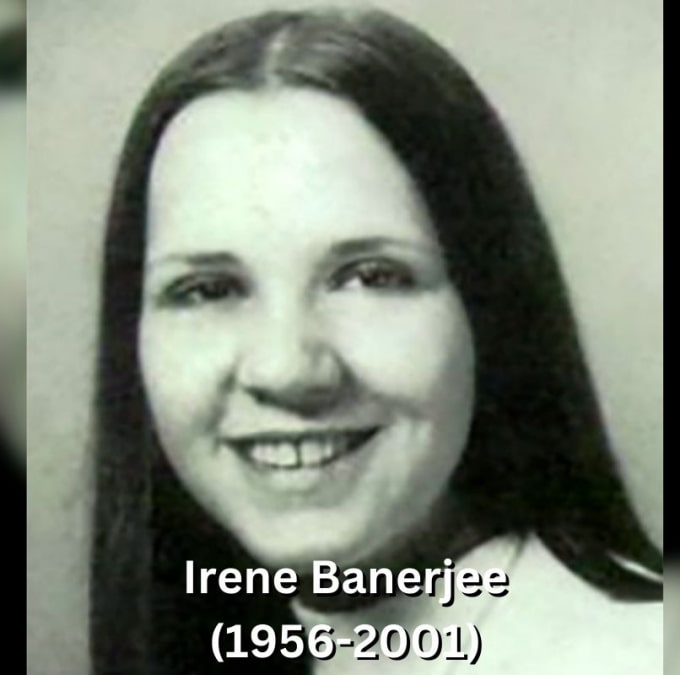Juris Upatnieks is a name intimately associated with the development of holography. Born in Latvia, Upatnieks' journey from Europe to the United States during the turbulent era of World War II, along with his subsequent achievements in holography, paints an inspiring story of perseverance and innovation. This article delves into the life, career, and accomplishments of Juris Upatnieks, detailing his early life, significant career milestones, personal life, and financial insights.
Quick Info Table
| Field | Details |
|---|---|
| Full Name | Juris Upatnieks |
| Known As | Pioneer of Holography |
| Occupations | Physicist, Inventor |
| Age (as of 2024) | 88 years |
| Date of Birth | May 7, 1936 |
| Birthplace | Riga, Latvia |
| Nationality | Latvian-American |
| Net Worth (2024) | Estimated at $1-2 million |
| Known For | Demonstration of the first three-dimensional holograms |
| Patents | 19 patents, including a holographic gunsight |
| Awards | R. W. Wood Prize (1975), Holley Medal (1976), Great Medal (1999) |
Early Life
Juris Upatnieks was born on May 7, 1936, in Riga, Latvia. His early years were significantly influenced by the turmoil of World War II, which affected his family and shaped his future.
Childhood Amidst War
Growing up in Latvia during World War II, Upatnieks and his family faced considerable challenges. The war's devastation forced many families, including his own, to seek refuge in safer territories. This period of turmoil ultimately led the Upatnieks family to emigrate.
Emigration to the United States
In 1951, in search of a new beginning and better opportunities, Juris Upatnieks and his family moved to the United States. This move proved to be a turning point in his life, laying the groundwork for his future academic and professional achievements.
Academic Pursuits
Upatnieks' academic journey laid the foundation for his pioneering work in holography. His education in electrical engineering and optics equipped him with the knowledge and skills necessary for groundbreaking contributions to the field.
University of Akron
In 1960, Upatnieks earned his bachelor's degree in electrical engineering from the University of Akron. This achievement marked the beginning of his formal education in engineering and optics, disciplines that would define his career.
University of Michigan
Continuing his education, Upatnieks pursued a master's degree at the University of Michigan, which he completed in 1965. During his time at the university, he began collaborating with Emmett Leith, a partnership that would lead to revolutionary advancements in holography.
Career Highlights
Juris Upatnieks' career is distinguished by his pioneering work in holography and contributions to optical physics. His collaborations, inventions, and recognition by prestigious organizations underscore his impact on the field.
Collaboration with Emmett Leith
One of the most notable collaborations in Upatnieks' career was with Emmett Leith. Together, they demonstrated the first three-dimensional holograms in the United States in 1964. This groundbreaking work opened new avenues in optical physics and practical applications of holography.
Tenure at the Environmental Research Institute of Michigan
From 1973 to 1993, Upatnieks worked at the Environmental Research Institute of Michigan. During this period, he continued to develop his expertise in holography and optics, contributing significantly to the institute's research initiatives.
Consulting and Research Roles
After his tenure at the Environmental Research Institute of Michigan, Upatnieks served as a consultant with Applied Optics from 1993 to 2001. Concurrently, he engaged in research at the University of Michigan from 1996 to 2001, furthering his contributions to the field.
Major Achievements
Juris Upatnieks' illustrious career is marked by numerous awards, patents, and recognitions that highlight his contributions to science and technology.
Patents and Innovations
Upatnieks holds 19 patents, including a notable invention of a holographic gunsight. His patents reflect his innovative spirit and ability to translate theoretical knowledge into practical applications.
Awards and Honors
Upatnieks' work has earned him several prestigious awards. In 1975, he received the R. W. Wood Prize, followed by the Holley Medal in 1976. That same year, he was named "Inventor of the Year" by the American Association for the Advancement of Invention and Innovation. In 1999, he was awarded the Great Medal by the Latvian Academy of Sciences, recognizing his contributions to science and technology.
Personal Life
While much of Juris Upatnieks' life is celebrated for his professional achievements, his personal life also offers insights into the man behind the scientific contributions.
Family and Personal Interests
Details about Upatnieks' family and personal interests are not extensively documented. However, it is known that his journey from Latvia to the United States and his subsequent career would not have been possible without the support and sacrifices of his family.
Legacy and Impact
Upatnieks' legacy extends beyond his patents and awards. His work in holography has paved the way for numerous technological advancements and applications, influencing fields ranging from medical imaging to data storage.
Financial Insights
Understanding the financial aspects of Juris Upatnieks' career provides a comprehensive view of his success and the economic impact of his contributions.
Net Worth and Earnings
As of 2024, Juris Upatnieks' net worth is estimated to be between $1-2 million. This estimation considers his patents, consulting roles, and contributions to various research projects. Although specific salary details are not available, his financial success reflects the value of his innovations in the field of holography.
Economic Impact of Innovations
Upatnieks' inventions, particularly in holography, have had significant economic implications. The practical applications of his work in areas such as medical imaging, data storage, and security systems have contributed to advancements in technology and industry, generating economic value that extends far beyond his personal earnings.
Conclusion
Juris Upatnieks' journey from a war-torn Latvia to becoming a pioneer in holography is a testament to his resilience, ingenuity, and dedication to science. His collaborative efforts, particularly with Emmett Leith, along with his numerous patents and awards, underscore his significant contributions to optical physics. As we reflect on his life and achievements, Upatnieks' legacy continues to inspire future generations of scientists and innovators.
FAQ
What is Juris Upatnieks known for?
Juris Upatnieks is known for his pioneering work in holography, particularly for demonstrating the first three-dimensional holograms in the United States alongside Emmett Leith.
What awards has Juris Upatnieks received?
Upatnieks has received several prestigious awards, including the R. W. Wood Prize (1975), the Holley Medal (1976), and the Great Medal from the Latvian Academy of Sciences (1999).
How many patents does Juris Upatnieks hold?
Juris Upatnieks holds 19 patents, including a notable invention of a holographic gunsight.
Where did Juris Upatnieks receive his education?
Upatnieks earned his bachelor's degree in electrical engineering from the University of Akron in 1960 and his master's degree from the University of Michigan in 1965.
What is Juris Upatnieks' estimated net worth?
As of 2024, Juris Upatnieks' net worth is estimated to be between $1-2 million, reflecting his contributions to the field of holography and his various patents and consulting roles.
Through this detailed exploration of Juris Upatnieks' life and career, we gain a deeper appreciation for his contributions to science and the lasting impact of his innovations in the field of holography.












